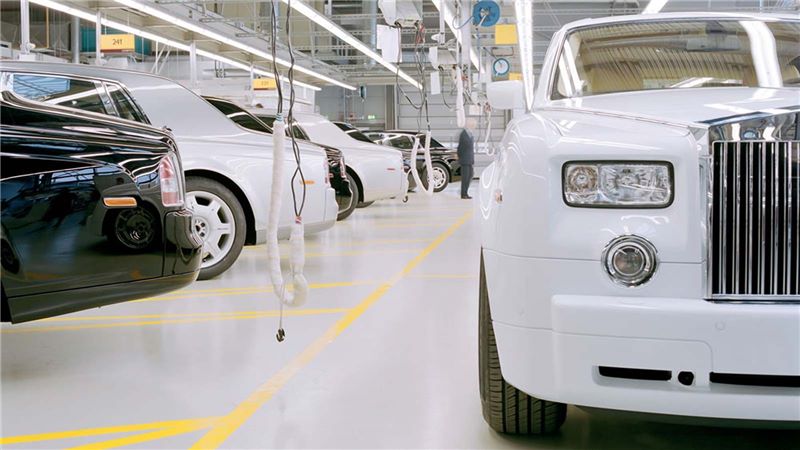Focusing on humans to make technology thrive
Construction of the biggest single factory that communications giant Nokia has ever undertaken, executed to the highest standards with expertise and precision.
Nokia Hanoi Operations Factory Project summary
Client
Nokia
Project value
£70m
Key partners
PTW, Arup, Davis, Langdon & Seah
Services provided
Project and programme management, Consult
Sectors
Locations
Project timeline
- Start date
- February 2011
- End date
- September 2013
Project story
Nokia’s largest single-build factory, an 85,000 sq m space in Bac Ninh Province, Vietnam, was built to help it meet Asia's growing mobile telephony market.
Our client wanted the facility built to European standards, with high levels of quality, sustainability and safety. To meet these requirements we had to share our expertise and raise the bar of the local construction industry.
Delivering a construction project of this size and complexity, within a challenging budget and a day ahead of schedule was an incredible undertaking.
To achieve this, we ran a tender process to select design and building contractors. With all bids in the tender process coming in over the client's target budget, our first priority was an extensive value engineering exercise - we managed to reduce costs with open communication and careful use of resources.
Investment in safety and quality training for the local workforce were just some of the many ways we ensured that we met the European standards required by Nokia.
Project stats
“The consistent application of Mace systems and processes set the benchmark for teams within the Asia Pacific region. In a country like Vietnam where there is little regulation in place in regards to health, safety and the environment, these achievements are all the more remarkable in regards to the application of our systems and processes, including Safety first. Second nature.”
“I have found the Mace organisation, systems and processes to be exceptional. It has completely changed my perception of Mace and raised the bar on my expectations of a construction project management provider when running a large-scale project like ours. I also wanted you to know how critical your knowledge of electrical systems and power management has been to this project. I am concerned Nokia would not have achieved the level of quality and safety had you not been involved with the project.”











